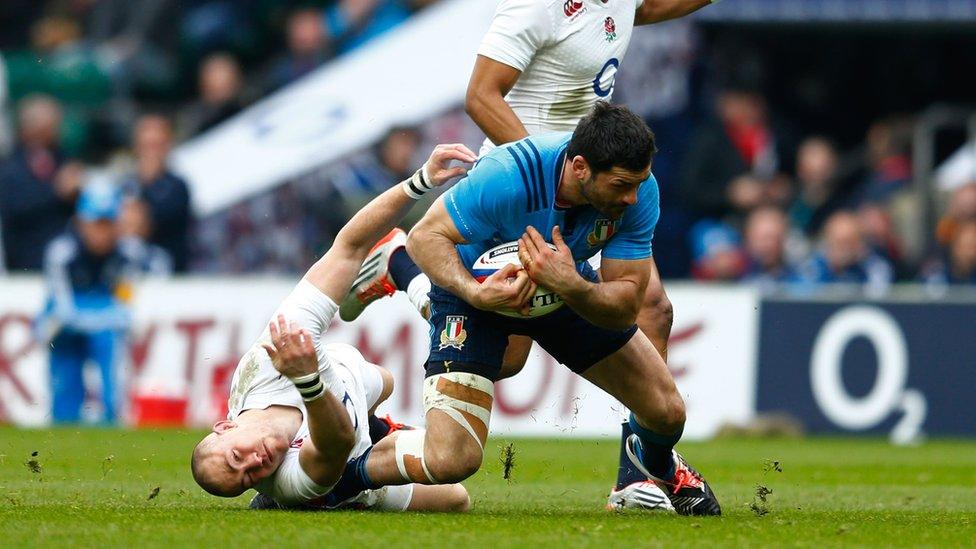'Potential' to tackle rugby concussion with headgear
- Published
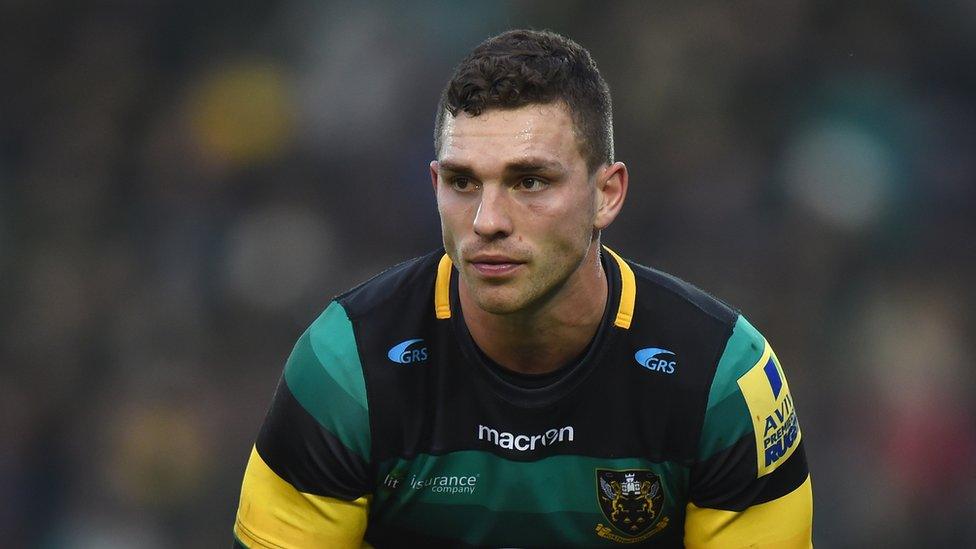
Wales and Northampton Saints wing George North suffered four head blows between November 2014 and March 2015
There is "potential" to reduce concussion in rugby by introducing new protective headgear, an expert has said.
Cardiff University and its partners got £165,000 via a competition co-sponsored by America's National Football League, external to develop an anti-concussion material.
Dr Peter Theobald said it could be used in rugby but it may change the game.
World Rugby said it "welcomes any commitment to research and development in the area of player welfare".
"So long as we are upfront about the caveats, certainly potential [to introduce anti-concussion headgear] seems to exist within rugby," said Dr Theobald, a senior lecturer in biomechanical engineering who leads the Cardiff University team.
"However, we need to be aware of the consequence that an introduction of new protective equipment has [had in other sports] - that is that it can change behaviour to reflect this new level or perceived invincibility or certainly increased level of perceived protection.
Sports headgear: What is concussion and can you stop it?
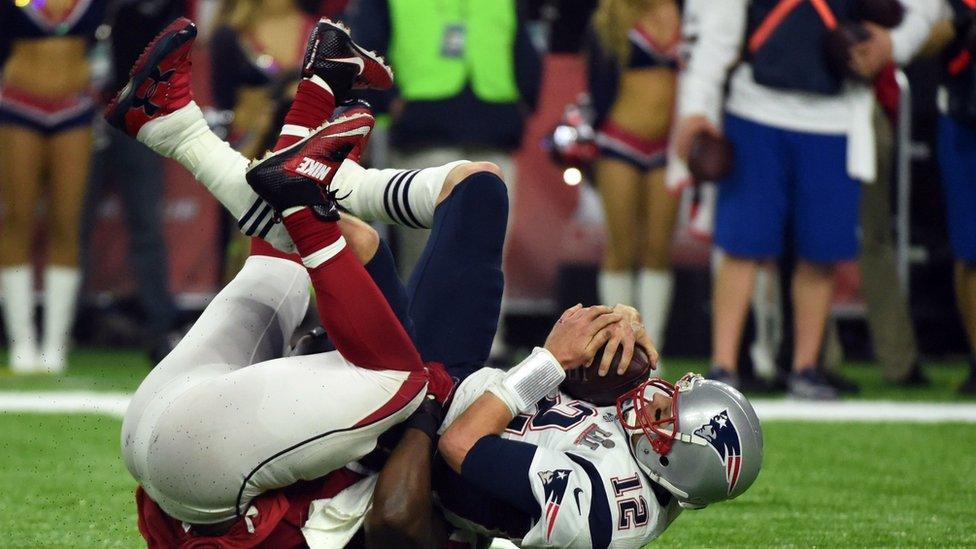
Cardiff University and its partners are hoping to win the the Head Health Challenge III, sponsored by the NFL, Under Armour and others
"Given the increased concussion rate within the sport, however, it would be remiss of us to not consider whether our technology can provide greater player protection."
The university's School of Engineering has been working with its partners to develop an energy-absorbing material known as C3, which was created in collaboration with the University of Cambridge.
It was one of five teams that won initial funding as part of an NFL initiative to tackle concussion in American football. They are waiting to hear if they have won the $500,000 (£400,000) first prize, which also comes with the commercial expertise of the multi-national sponsors.

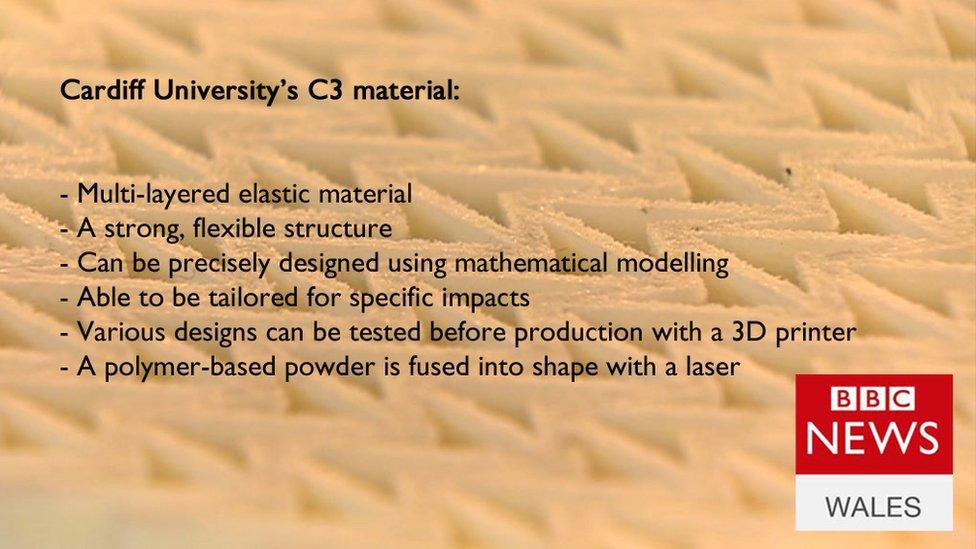

In 2016, the US supreme court upheld a $1bn (£700m) settlement between the NFL and retired players who had suffered brain damage as a result of concussions.
Rugby has also made moves to reduce the risks, with "reckless" tackles with head contact outlawed in December after earlier alterations to the way concussion is managed.
However, concussion in rugby continues to hit the headlines.
The 2017 Six Nations, which comes to a close this weekend, has seen a series of head injuries and suspected concussions and in January, World Rugby criticised Northampton Saints' treatment of Wales winger George North after he sustained a head injury - the latest in a series of similar blows.
And the Head Injury Assessment (HIA) process in rugby has been strongly criticised and defended, with high-profile figures on either side.
Dr Peter Theobald, of Cardiff University, said its C3 material could help in rugby but it could also change the game.
Rugby laws currently allow players to wear only scrumcaps, which protect against cuts and some blood injuries but not concussion.
Wales centre Jonathan Davies has previously said he does not believe headguards would prevent concussion after international referee Nigel Owens argued the option should be explored.
Dr Theobald said: "We need to make sure that we, as academics, contribute ideas in terms of technology but it's down to the higher powers within the sport to appreciate whether this represents a good opportunity or not."
Ex-Ireland full-back Dr Barry O'Driscoll - cousin to the famed Irish centre Brian O'Driscoll - resigned from his medical adviser role at World Rugby in 2012 over the sport's handling of concussion.
He said that, while the researchers might have "something new" which may protect against fractures and abrasions, it was "hard to see" how any headgear could entirely protect against the causes of concussion.
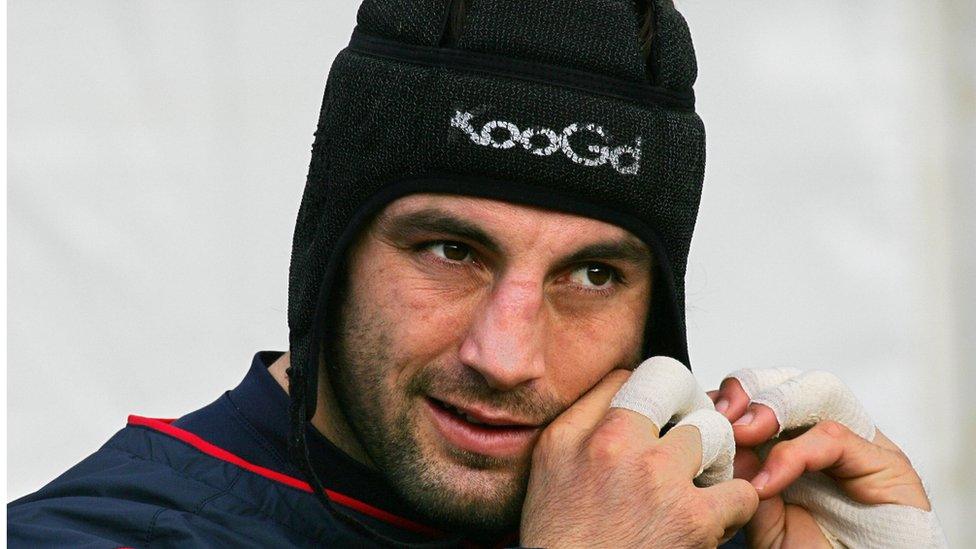
Scrumcaps currently used in rugby, as worn here by former England lock Danny Grewcock, are not designed to guard against concussion
"The reason being that concussion is not caused by the blow to the head at that particular point. It's caused by the deceleration, acceleration and rotation of the brain - the 'sponge in the bucket effect'," he said.
And he agreed that headgear can increase the sense of invulnerability among some players, with previous World Rugby studies having shown this to be the case.
"What they found was that probably headgear gives people a false sense of security and they probably went in that little bit harder because they felt protected," Dr O'Driscoll said.
World Rugby said it annually commissions and funds research projects in line with its "objective of continual evidence-based advances".
A spokesman said headgear in rugby had "never been presented as a means to reduce the risk of concussion, as the evidence does not yet conclusively say that a headgear can achieve that objective, without the use of hard materials".
"We are currently focused on the area of prevention via education and on-field management and the recent law application guideline regarding the tackle was introduced after an unprecedented analysis of 600 head injuries from more than 1,500 elite matches," he added.
- Published21 September 2015
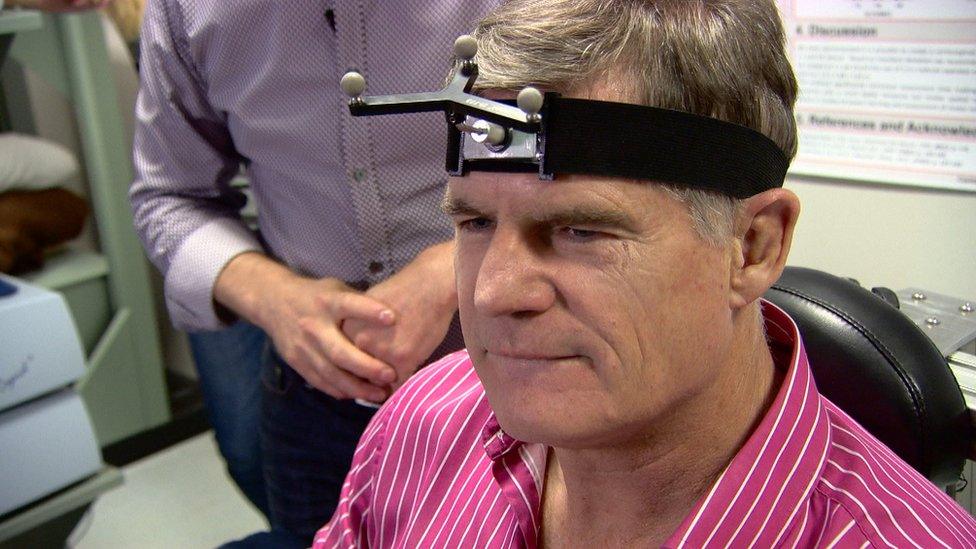
- Attribution
- Published9 January 2017
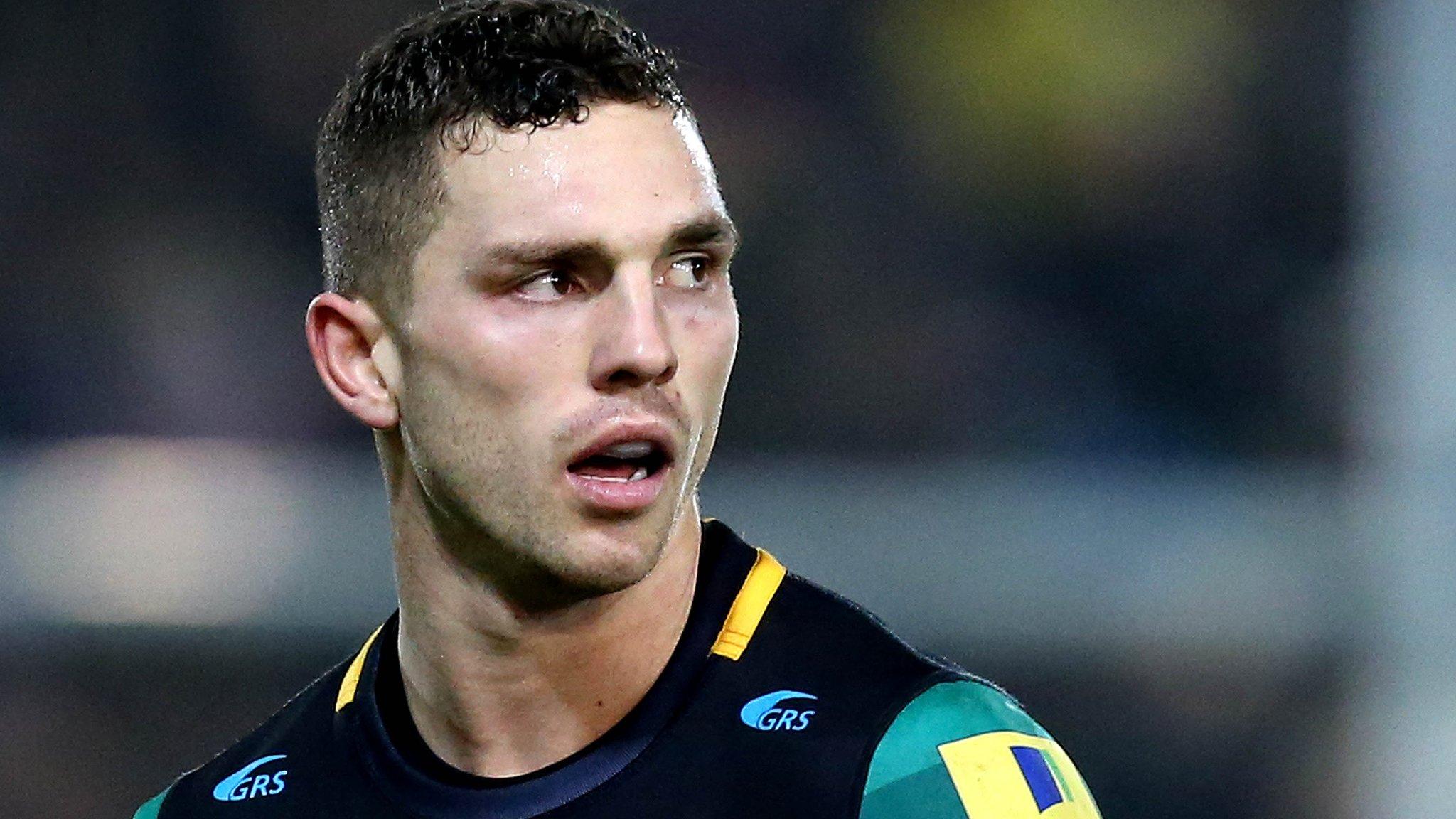
- Attribution
- Published26 February 2015
- Attribution
- Published3 February 2017

- Published21 September 2015
